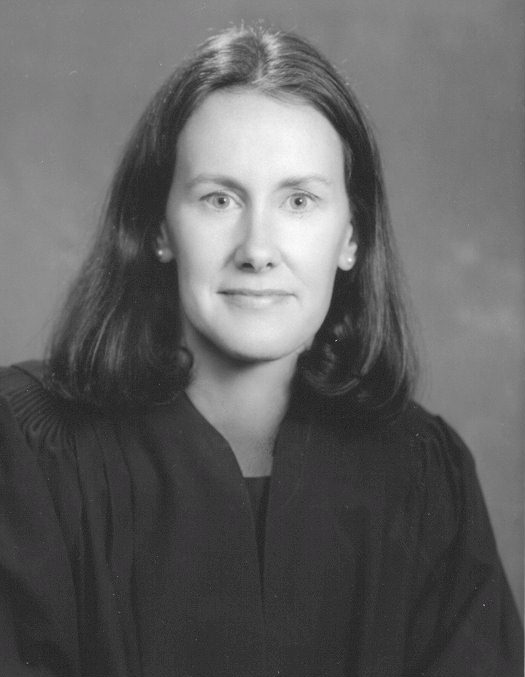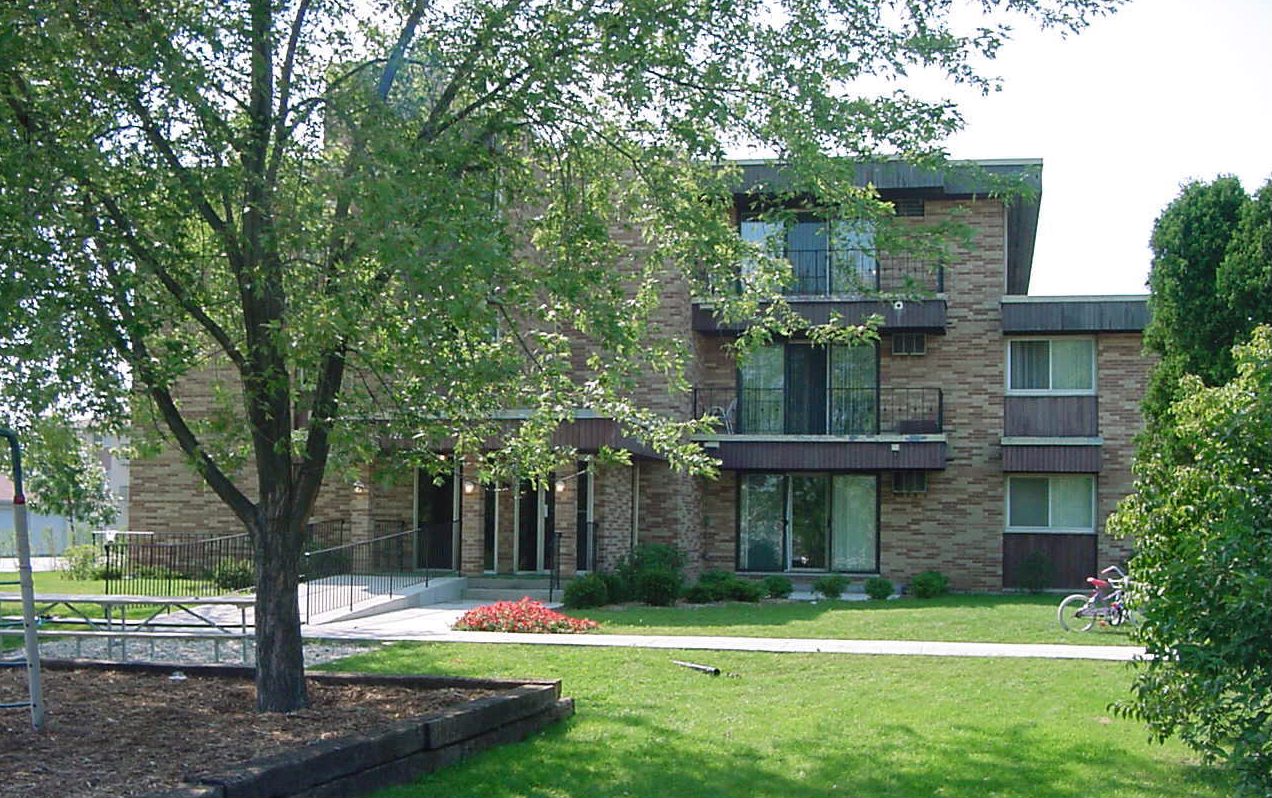Q: What drew you to the legal profession?
A: You ask what drew me to the legal profession and I wish I could honestly say that " I always wanted to be a lawyer." The truth, however, is that I simply wanted to get an advanced degree and after considering urban planning and psychology, I decided on the law.
Q: From which law school did you graduate and in what year?
A: I graduated from John Marshall Law School in Chicago, Illinois, in 1980.
Q: What did you do after law school?
A: After graduation, I was lucky enough to be invited to clerk for then Appellate Justice George W. Lindberg, who is now a federal judge. After my clerkship, I was an assistant state's attorney for six years and then a civil litigator until I became a judge.
Q: You are now a sitting judge in Lake County, Illinois. Where is Lake County, Illinois and what is the county like?
A: Lake County is a suburban county directly north of the City of Chicago, and bordered on the east by Lake Michigan. Our county is blessed with great wealth and also troubled with areas of urban poverty and crime.
Q: How did you become a judge?
A: I was appointed associate judge in 1992 and then I was elected to the office of Circuit Judge in 1998.
Q: What are your responsibilities as a judge?
A: My primary responsibility as a judge is hearing cases in the chancery courtroom where I am assigned. These include injunctions, mortgage foreclosures, and mechanics lien litigation. I also serve as Presiding Judge of the Juvenile Division, and so I supervise the work of our two juvenile judges and handle administrative matters arising out of Juvenile Court. I also handle a few juvenile matters, which I really enjoy.
Q: You were a founder of the Mary Pat Maddex Place.What is this place?
A: Mary Pat Maddex Place is a program designed to provide apartment-style living to homeless women and their children. The project was specifically designed for women recovering from substance abuse who are involved with the state child welfare system in Illinois. The program is run by a consortium of local service providers here in Lake County.
Q: Why was the Mary Pat Maddex Place established?
A: Mary Pat Maddex Place is named after the long-time local Department of Children and Family Services supervisor who was concerned about the relapse rate of the women who were involved with the Juvenile Court. The idea is to provide a home for these women (and their children) after treatment that is supportive of their newly found sobriety. No alcohol or drugs are allowed and there are many other services, classes, and programs that are offered right on site.
Q: Are the mothers at the Mary Pat Maddex Place teenagers that are going through juvenile court or are they mothers that are going through the child protection court with threat of removal of the children if they don't maintain sobriety? Or, is it a mix of the two?
A: The women are mothers of abused/neglected wards of the court. Normally, the clients have already been through treatment and have six to nine months of sobriety. The children have usually just been returned to them from foster care. The goal of the program is to speed return of the children but in a supportive environment.
Q: Can a woman enter the program without court involvement? How does she become a resident?
A: One of our program criteria is involvement with the juvenile court. Referrals are made through the woman's caseworker.
Q: You mentioned that a woman would probably have gone through substance abuse treatment prior to entering the program. Were her children with her during treatment or is she reunited with her children in the Mary Pat Maddex Place?
A: The children might be returned at the treatment program but more likely the children would be placed with the mother while she resides at the Mary Pat Maddex Place.
Q: Is there a wait list? If so, how long?
A: We do not have a wait list at this date. We are about to fill the last apartment, however. The building has eight apartments.
Q: How long can a family stay?
A: The program is a transitional homeless program and the maximum a family can stay is twenty-four months.
Q: What services are offered? Are there random drug screens?
A: Yes, we do random drug screens. We offer referrals to job training and to our local community college. We do AA meetings on the premises, as well as parent training. The two social workers who work out of an office at the premises also set up family activities, such as parties, outings, etc.
Q: You state that the program is run by a consortium of local service providers? Who are the providers?
A: Catholic Charities coordinates the social services. A local affordable housing 503c corporation does the property management, Lake County Residential Development Corporation (LCRDC). Other services and support come from NICASA (a substance abuse treatment agency), Lake County Housing Authority, and the Illinois Department of Children and Family Services.
Q: Was the Mary Pat Maddex Place modeled after another place? Are you aware of other programs in Illinois or the US?
A: We don't know of any other similar programs but we are sure there must be some.
Q: From where does the funding come? Are federal monies available?
A: The grant for the purchase of the building came from the federal government. The remainder is matching funds and money raised by the board.
Q: Do you know whether the program has decreased the relapse rate of its residents?
A: I cannot say scientifically.
Q: Why was the program named after Mary Pat Maddex? Was it her dream?
A: Mary Pat Maddex was the supervisor at the local state child welfare office. One day after court, we were musing about why so many women relapse after doing well in treatment, and she said, "Well they go right back to the same drug infested housing projects, and the triggers are everywhere. Wouldn't it be great if there was housing for sober people?" Mary Pat marshaled the social service people and we got the ball rolling. Just before we opened, she died tragically at age 49 from cancer. We named the program after her and we feel she guides us even now.
Q: If a group of people in another community wants to start a similar housing program, what is your advice to that group?
A: Contact your United States Congressional representative. My rep, John Edward Porter (Ret.), was very helpful introducing us to people at HUD who advised us what grants would be available.
END


